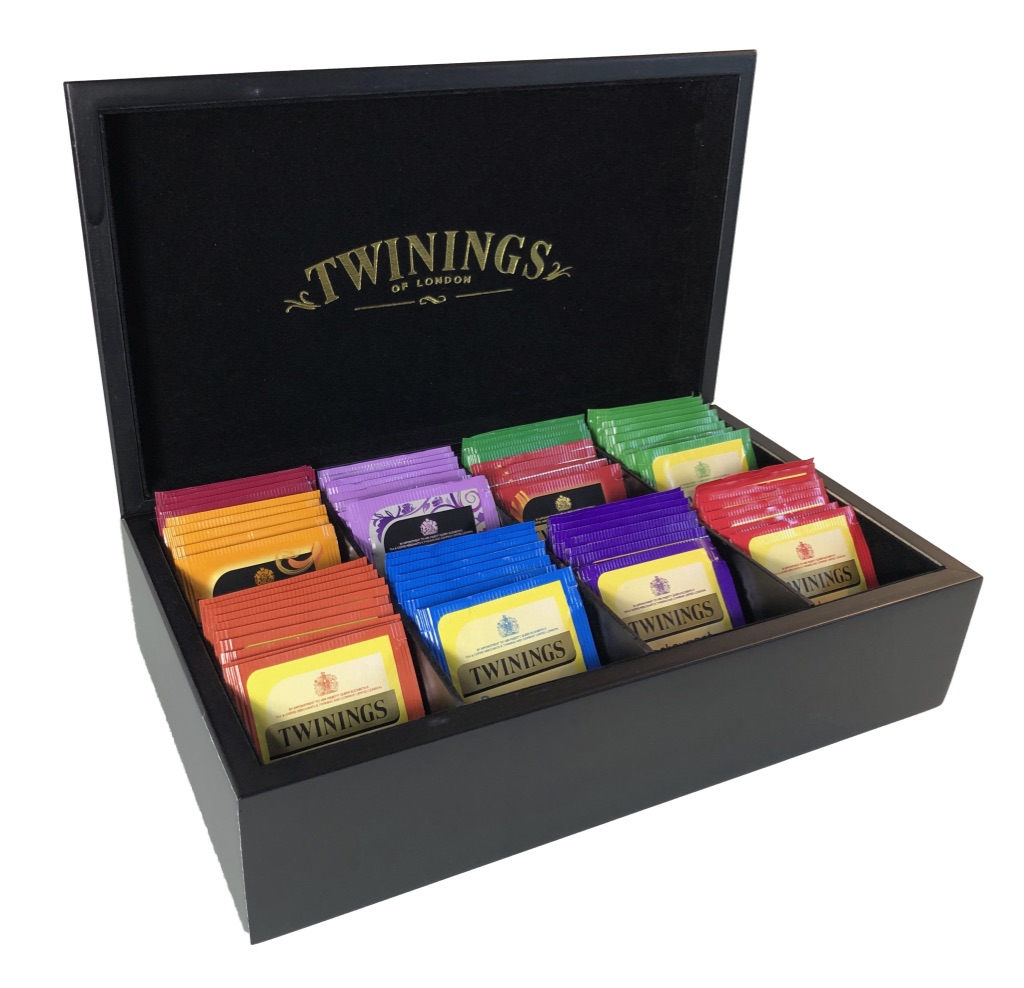
The more your packaging design stands out from the regular designs in the market, the more likely you are to attract new and curious customers.Ītlas Coffee Club’s coffee packaging design is inspired by the coffee’s origin. Your coffee packaging need not incorporate the colors brown or black and your tea doesn't have to have ginger or lemon on it to depict flavors. Hence, making a great option if you are looking to change up your packaging frequently.

Not only are both stickers and sleeves economical choices, but they are also super easy to design. Packaging sleeves work well for coffee beans and tea leaves as well as cold brews and bottled beverages. Furthermore, they can be custom-made to your liking and act as a canvas to display your branding and marketing material. Both of these packaging types are easy to work with and require minimal effort to assemble. If you have existing packaging or use glass containers or tin cans, consider amping up the creativity with stickers or packaging sleeves. BEAMS Coffee Capsule Packaging 3 - Packaging sleeves and stickers Include inserts to ensure your coffee pods stay in place when being transported. If you are looking for something sturdy and well protected to package your coffee pods or tea tins, then why not opt for boxes such as corrugated mailers or rigid boxes. It is recommended to store these paper bags in another box to ensure it is shipped safely. Paper bags are perfect and preferred by some brands when it comes to packaging coffee beans or loose tea leaves. These packaging types will ensure your products attract potential customers when displayed on any shelf or retail store. To stand out, go for creative packaging designs, such as paper tubes, tray and sleeve boxes, or paper bags. Your coffee beans and tea leaves don’t need to be packaged in standard-shaped boxes. These provide the same level of protection as laminations and are water-based, making it a green choice. As an alternative, go for aqueous varnishes.

However, lamination does use a thin layer of plastic making it eco-unfriendly. Lamination and finishes are important, considering they give your boxes an extra layer of protection and prevent it from denting or getting scratched. Additionally, it also allows you or your customers to compost or biodegrade the packaging. Eco-friendly inks make recycling and reusing the packaging easy. Soy-based or water-based ink is one of the most widely known and adopted sustainable best practices. Not only are these materials recyclable but when combined with other sustainable best practices, they can be enhanced to showcase your brand as an eco-friendly one. If you want to incorporate sustainability into your packaging, paper-based or kraft packaging is the way the go. If you are looking to improve your existing beverage packaging or want to try out something new for your summer offers, here are 4 easy tips to keep in mind when designing your packaging. By combining custom packaging and sustainability, you can showcase your brand as an upscale and eco-friendly initiative. The days when coffee beans and tea leaves were packaged in plastic or plain brown bags are long gone. So why not do the same for your packaging? The right packaging offers a secure storage unit for your products and gives you the chance to show your customers what's brewing with your brand. Our reasons to choose tea are many so, welcome to a journey in tea.You've put in a lot of effort to ensure your coffee or tea products are sourced from reliable growers, highlighting your planet-friendliness. It’s a drink many of us turn to at specific times of the day. It comes with history – wars have been fought because of it – and legacy. The world of tea is as vast as it’s deep. Which is also why it features in conversations on health and wellness. These metabolites are present in tea plants for their natural defense, but when consumed as part of the dietary intake, they are metabolized alongside water-soluble compounds. Tea is a rich source of xenobiotics, a class of secondary metabolites. However, it is important to note that these infusions are not tea, as they contain no traces of Camellia sinensis leaves. In addition to these, tisanes or herbal infusions, like the rooibos tea, mate, rose hip tea and chamomile tea, have also become popular across the global tea community.

More than 75% of all tea produced in this world is black tea, 20% is green and the rest is accounted for by oolongs, whites, and yellow tea. Believed to have been discovered in 2737 BCE by Chinese sage/emperor Shennong, tea is the second most consumed beverage in the world after water. Tea is a refreshing and aromatic drink made steeping the leaves of Camellia sinensis in hot water.


 0 kommentar(er)
0 kommentar(er)
